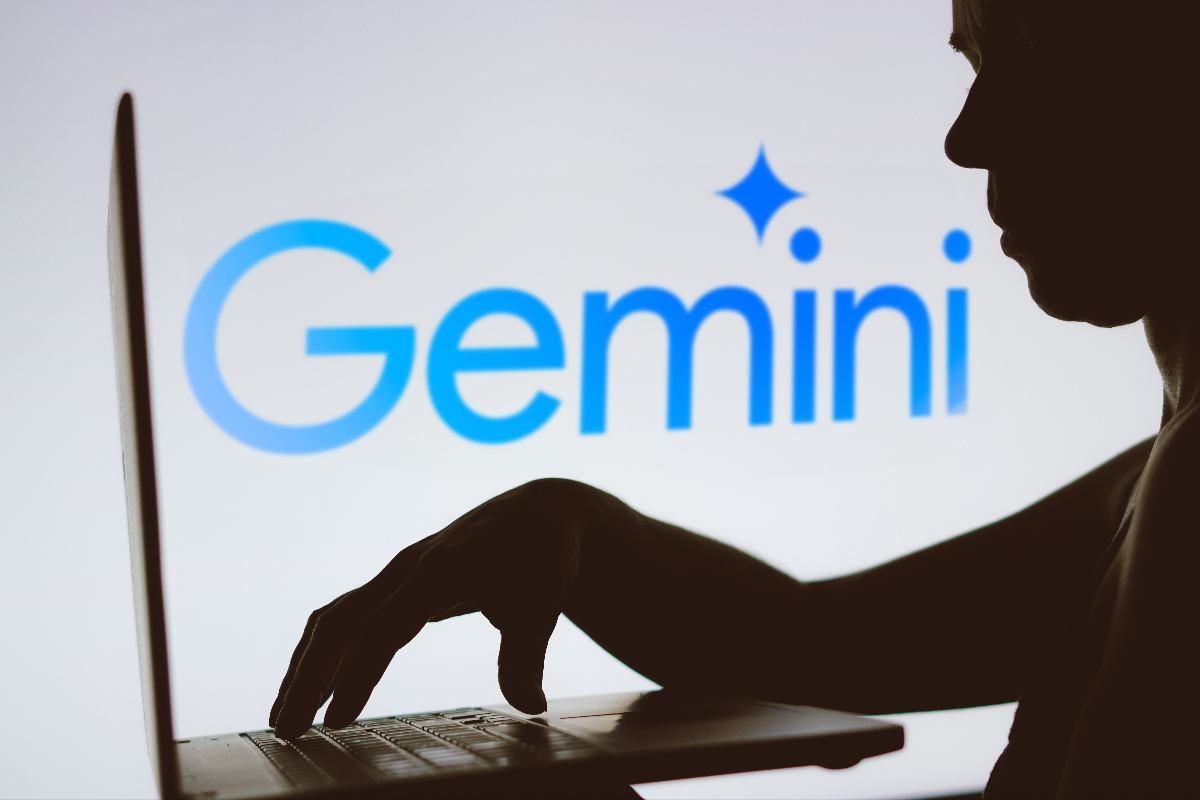ARTICLE AD
Under the pseudonymous Satoshi Nakamoto, Bitcoin, an innovation in the digital money system, was created in 2009. Since then, Bitcoin has redefined the financial world. Bitcoin is a decentralized digital currency, so it doesn’t require central authorities or banks and relies only on peer-to-peer transactions. This revolution has also changed the way in which we handle and perceive money. Below, we will look at how Bitcoin mining works.
What is Bitcoin Mining?
Bitcoin mining refers to the process of introducing new Bitcoin into circulation. The transactions are usually verified and added to a public ledger called blockchain. Miners use strong computers to solve complex mathematics problems which add transaction blocks to blockchain while earning fees and Bitcoins as rewards. This process is vital as it creates new Bitcoin, and by design, it reduces the number while safeguarding the network against fraud.
Individuals who are interested in Bitcoin’s potential for investment or as a digital asset can also explore other avenues to buy Bitcoin. Since the mining process involves several processes not affordable by the average person, you can turn to cryptocurrency exchanges offering a secured means of purchasing Bitcoin with fiat currency or other cryptocurrency.
How is Bitcoin Mined?
There are several steps in the process of Bitcoin mining that ensure the transaction is securely added to the blockchain and newly created Bitcoin is rewarded to miners. The process includes:
Verification of transactions: Here, miners take a pending network from the mempool used to form a new block. Creation of new blocks: Transactions are gathered to form blocks that await confirmation. Since there are finite available spaces, in every new block, miners prioritize transactions having high transaction fees. Calculation of the Merkle Root: New block transactions are usually hashed together in pairs, then the hashes are hashed together, and so forth, till a single hash for every transaction is achieved, which is called Merkle root. Solving the PoW (Proof of Work) puzzle: This is the most intensive process that involves finding a variable number which can be changed by miners (called a nonce), which is then added to the new block and passes through a hash function, producing a hash that meets the difficulty target of the network. Discovering the Nonce: Usually, miners use specific hardware to speedily guess many nonce values while searching for the right one that solves the problem. This process needs a lot of electricity and computational power since the chance of finding the right nonce in any attempt is quite low. Network validation: After solving the puzzle, the new block is then validated by other network nodes. Joining a Block to a Blockchain: After validation occurs, the new block is added to the blockchain. This action is sent across the network since the transaction within the block is considered to be confirmed. Rewards: Here, the miner gets newly created block rewards (Bitcoin) and transaction fees.Environmental and Energy Concerns
There has been many criticisms of Bitcoin mining due to its huge energy consumption and environmental effects. Bitcoin mining requires significant computational power, which it archives through specialized hardware that costumes electricity. Therefore, many argue that this could affect the environment. However, it is worth noting that efforts are being made to create energy-efficient mining practices or alternative consensus mechanisms like proof-of-stake.
Endnote
With a resource-intensive and complex process, Bitcoin miners can validate transactions and secure the network. While Bitcoin has been the subject of scrutiny due to its energy consumption, Bitcoin mining will continue to evolve in a bid to solve these environmental challenges and through alternative consensus mechanisms.

 8 months ago
47
8 months ago
47 


